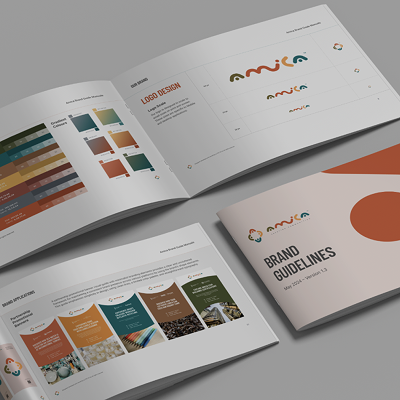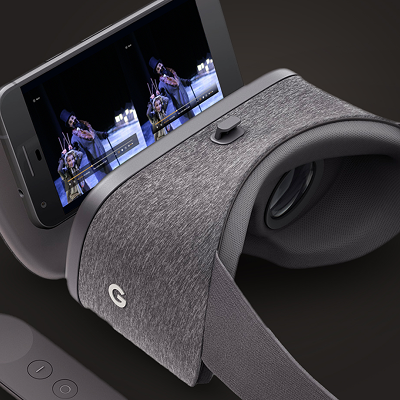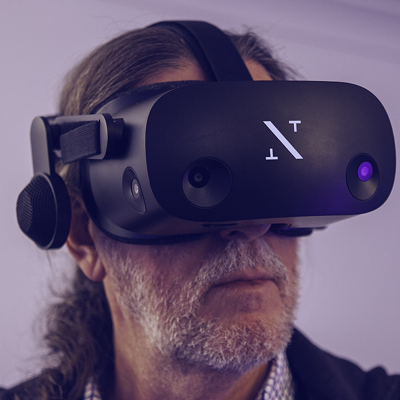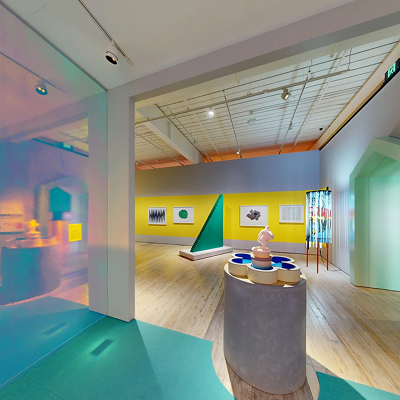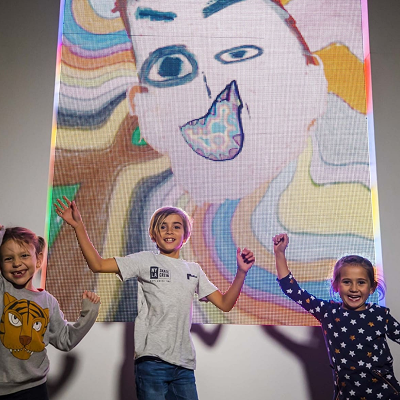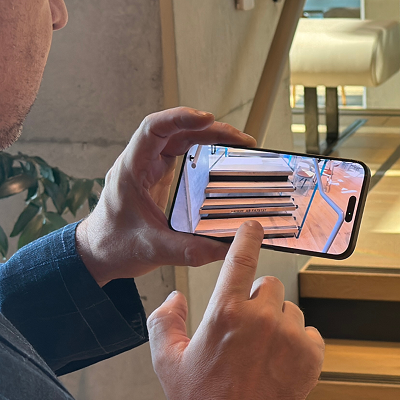Defining Virtual Reality (VR) has been proven as a difficult task because there is no standard definition for it. It is said to be an oxymoron, as it is referred to some as “reality that does not exist”.
For those who are new to VR, the most important piece of a virtual reality kit is the headset (a device like a thick pair of goggles that goes over your eyes). The more expensive and higher quality headsets need to be connected to a computer to run apps and games, while some cheaper ones use a mobile phone clipped to the front of the headset.
Elements that a Virtual Reality System Should Possess
A virtual reality headset is a head-mounted device that provides a virtual reality experience for the wearer. Virtual Reality (VR) headsets are widely used with video games, but they are also used in other applications, including simulators and trainers.
They comprise a stereoscopic head-mounted display (providing separate images for each eye), stereo sound, and head-motion-tracking sensors, which may include devices such as gyroscopes, accelerometers, magnetometers or structured light systems.
Some VR headsets also have eye-tracking sensors[3] and gaming controllers. The VR glasses use a technology called head-tracking, which changes the field of vision as a person turns their head. The technology may not be perfect, as there is latency if the head moves too fast. Still, it does offer an immersive experience.
To make up a good VR experience, there are several important elements.
First, a good viewing system. It is one of the important elements for the best virtual reality experience. It is what connects the last mile, followed by a good tracking system.
Virtual Reality headsets need a sensor camera to recognise user’s movement and give the best experience of the 3D world. These first two elements can be found on most of the high-end headsets.
Last but not least is the interactivity element. If you can interact with the content as if it is real, this becomes one of the main attraction of virtual reality. However, the elements of interaction rely on range, speed, and mapping.
The sense of being able to move from one place to another inside a virtual world and the ability to change the environment are the best interactivity elements that VR can provide. With that, next comes the artistic inclination. Any virtual environment should provide users an immersive environment by focusing on the atmosphere, engaging factors, and entertaining factors.
Users should feel that they are a part of the virtual environment that they are in. Lastly, it’s the sensory management system. VR users should be able to feel a slight variation in the virtual environment; such as the vibration, movement, or direction. These days, this last element can also be found in most sophisticated virtual reality headsets.
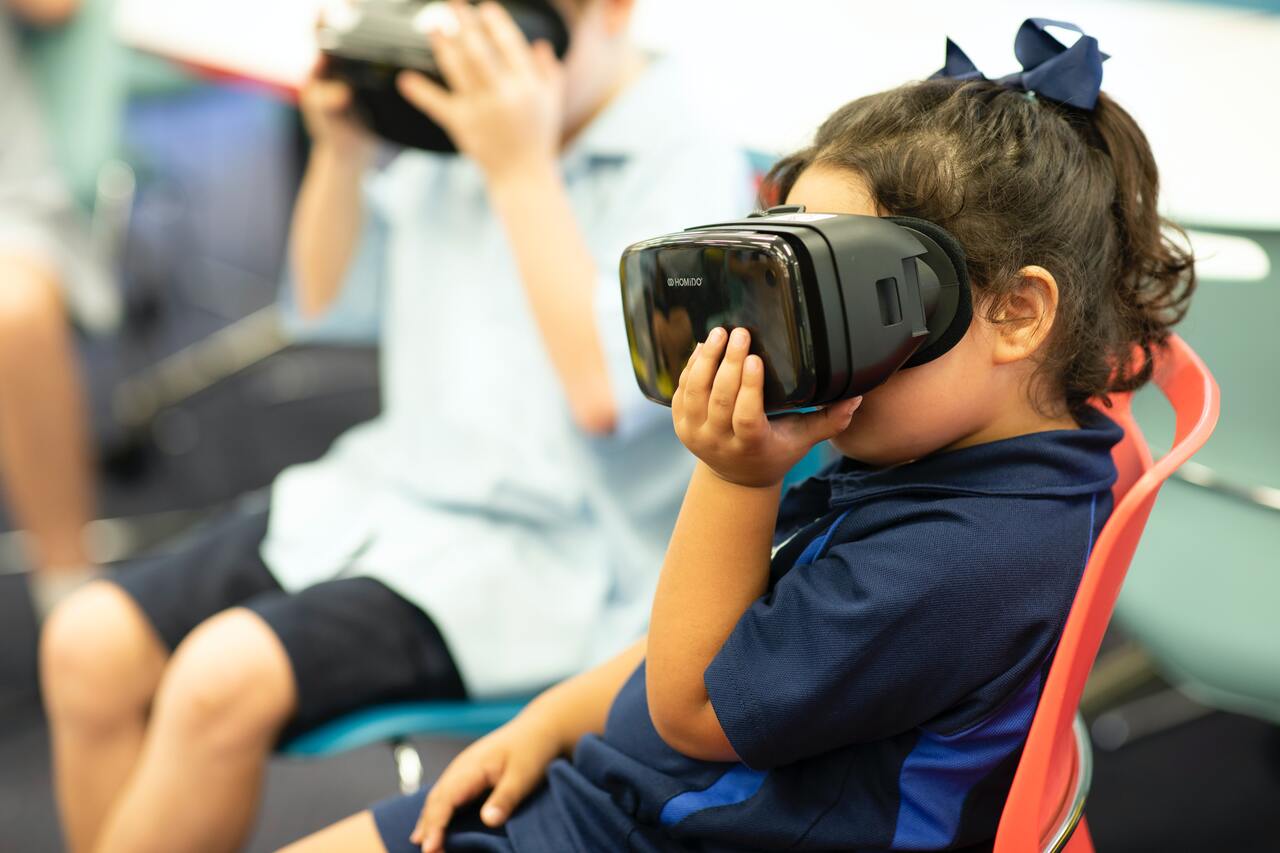
Understanding a VR Headset Functions
All of the above components, combined with sophisticated Virtual Reality software, allow the headset to function properly and useable for users. Once the headset is turned on, users are greeted by a realistic virtual environment that acts as a lobby and is equivalent to a computer’s homepage. While there, users can choose different apps, hang out with other virtual people, change settings, update devices, and other features from this space.
Images are fed through different sources such as a smartphone, desktop, or cloud servers. The lens in the VR headset will split the video image into two and calibrate them into a stereoscopic 3D image, this is what the user’s see on the screen. Thanks to built-in sensors, the environment changes subtly, as you look around, shift the focus of your eye, or raise your hands.
Apart from this basic functionality, VR headsets are extremely powerful. It can be implemented to other areas, such as a productivity apps that let you create product designs in VR and save your designs as 3D files to the cloud (similar to what Tony Stark in the movie Iron Man was doing as he was designing the suit). Sophisticated VR headsets have a very high screen refresh rate to render and update content instantaneously.
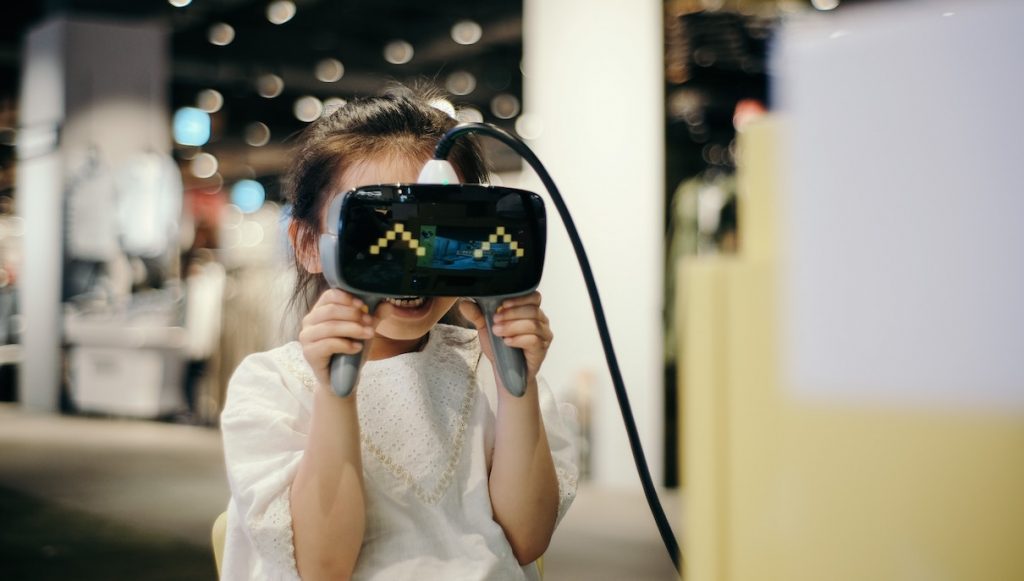
Principles of Virtual Reality
Virtual Reality technology plays an important role in realising Tele sensation. Through it, a virtual world is created that viewers can enter and walk through and where they can handle virtual objects.
One the main challenges in VR is to make sure that the application is optimised for comfort. Reducing head movements is an essential aspect. Therefore, not all VR apps need to be 360° and head movements can remain comfortable only at certain positions, whether to look left and right or up and down.
Depth of vision should also be a concern to all VR developers. UI elements in VR should match the comfort zone of all users in general. The object’s movement should always be displayed in a constant speed. A sudden acceleration can make users feel uncomfortable.
It is really important to keep a high frame rate to avoid motion sickness. A sudden drop in frame rate usually produces wobble images which causes motion sickness for the Virtual Reality user.
Interaction of a user with objects in a VR environment can be made possible through several ways. Most VR headsets nowadays uses a reticule that the user controls with their head. Coloured videos and audio provide good feedback. Visual and audio cues can be used for movement and navigational purposes in a VR environment.
It is preferable not to have large fixed UI elements on the users field of vision as they could clutter user’s view.
As demand grows and technology keeps on advancing, we can expect new innovations—built on these existing core functionalities of a virtual reality environment—to create VR experiences that are more enriching, seamless, and accessible.
For more details of what products and services we can offer, please contact us.



